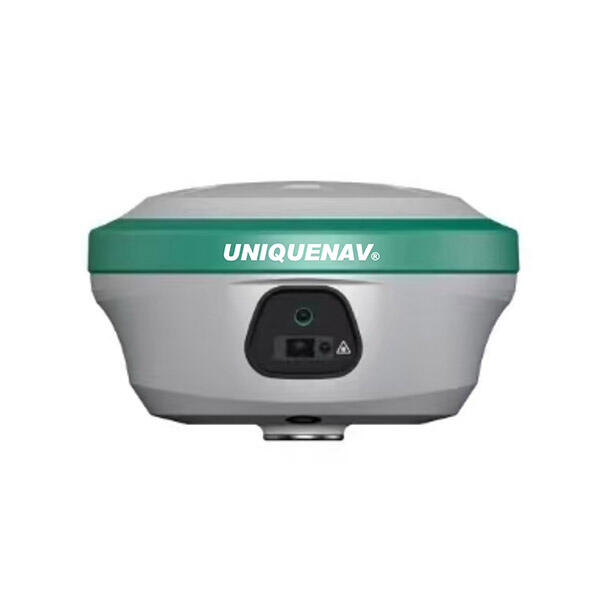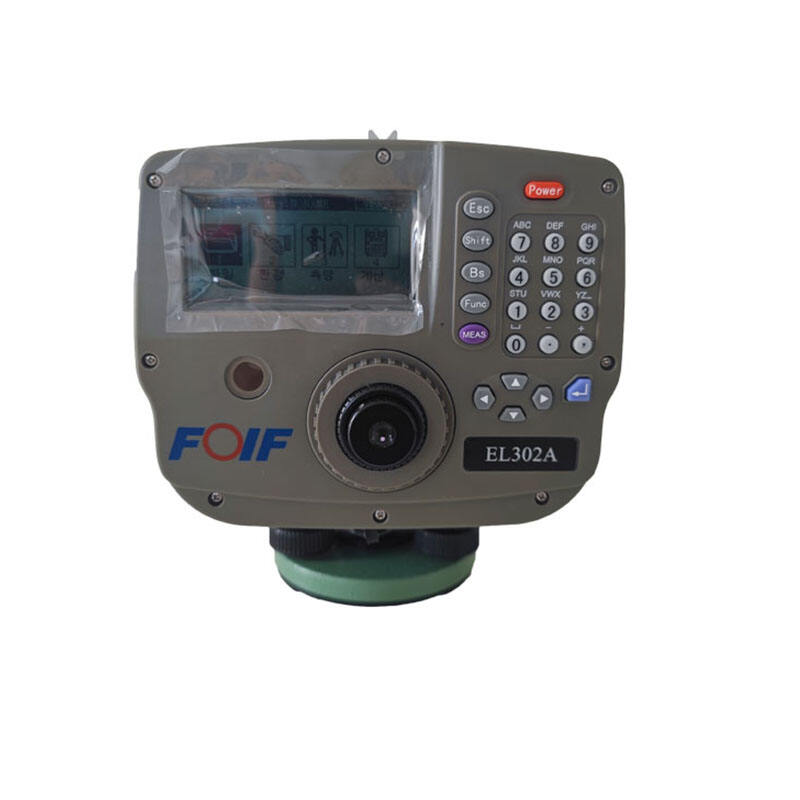Understanding the Evolution of Modern GNSS Technology
The landscape of global navigation satellite systems has transformed dramatically over the past decade. GNSS receivers have become integral tools across industries, from precision agriculture to urban planning. These sophisticated devices capture signals from multiple satellite constellations, including GPS, GLONASS, Galileo, and BeiDou, providing unprecedented accuracy and reliability in positioning, navigation, and timing applications.
Modern GNSS receivers represent a quantum leap from their early predecessors, offering enhanced signal processing capabilities, improved multipath mitigation, and remarkable precision even in challenging environments. As we delve deeper into the world of GNSS technology, understanding the key factors that differentiate various receivers becomes crucial for making an informed decision.
Essential Features of Professional GNSS Receivers
Signal Reception and Processing Capabilities
Professional GNSS receivers are distinguished by their ability to track and process multiple satellite signals simultaneously. High-end receivers can track signals from all available satellite constellations, providing redundancy and improved accuracy. The number of channels a receiver supports directly impacts its performance, with modern units typically featuring hundreds of channels for comprehensive signal reception.
Advanced signal processing algorithms enable these receivers to filter out interference and minimize multipath errors. Real-time kinematics (RTK) and post-processing capabilities further enhance position accuracy, making these devices suitable for applications requiring millimeter-level precision.
Accuracy and Precision Specifications
The accuracy specifications of GNSS receivers vary significantly based on their intended applications. Survey-grade receivers typically offer horizontal accuracy within a few millimeters in RTK mode, while mapping-grade units might provide sub-meter accuracy. Understanding these specifications is crucial for matching the receiver to your specific needs.
Factors affecting accuracy include the number of tracked satellites, signal quality, and environmental conditions. Professional receivers often incorporate additional sensors like tilt compensation and inertial measurement units (IMUs) to maintain accuracy even in challenging conditions.

Market Segments and Application-Specific Requirements
Surveying and Mapping Applications
The surveying industry demands GNSS receivers with the highest precision and reliability. These receivers must support RTK corrections, have robust build quality, and integrate seamlessly with existing survey equipment. Features like tilt compensation and advanced multipath mitigation are particularly valuable in urban environments where signal obstruction is common.
Modern surveying receivers often include cellular connectivity for receiving network RTK corrections and cloud data synchronization. The ability to collect and process data efficiently in the field has become increasingly important for improving workflow productivity.
Agriculture and Machine Control
Agricultural applications require GNSS receivers that can maintain consistent accuracy while operating in dynamic conditions. These receivers must be capable of high-update rates for precise machine guidance and automatic steering systems. Compatibility with existing farm management software and implement control systems is also crucial.
Receivers designed for agriculture often feature specialized algorithms for maintaining accuracy during turns and varying ground speeds. The integration of terrain compensation and remote support capabilities helps maximize uptime during critical farming operations.
Technical Considerations for Selection
Environmental Durability and Design
Professional GNSS receivers must withstand harsh environmental conditions, from extreme temperatures to dust and moisture. IP ratings indicate the level of protection against these elements, with many professional receivers meeting IP67 or higher standards. The physical design should also consider mounting options and antenna configurations for different applications.
Battery life and power management features become critical for field operations. Modern receivers often incorporate smart power management systems and multiple power input options to ensure continuous operation in remote locations.
Connectivity and Integration Options
The ability to integrate with other systems and sensors has become increasingly important. Modern GNSS receivers should offer multiple communication interfaces, including Bluetooth, Wi-Fi, and cellular connectivity. Standard data formats and protocols ensure compatibility with third-party software and equipment.
Cloud connectivity enables remote configuration, firmware updates, and data management. The availability of SDKs and APIs allows for custom integration solutions, making the receiver more versatile across different applications.
Future-Proofing Your Investment
Scalability and Upgrade Paths
When selecting a GNSS receiver, considering future requirements is essential. Look for receivers that offer firmware upgrade paths to enable new features and improve performance. The ability to add new satellite constellations and signals through software updates helps protect your investment as technology evolves.
Modular designs that allow for hardware expansion and the addition of new sensors provide flexibility for changing requirements. Consider the manufacturer's track record of supporting legacy equipment and providing regular updates.
Support and Service Infrastructure
The availability of technical support, training resources, and service centers can significantly impact the total cost of ownership. Evaluate the manufacturer's global support network and their ability to provide timely assistance when needed. Access to online resources, training materials, and user communities can help maximize the value of your investment.
Consider service agreements and warranty options that align with your operational requirements. The availability of rental and loaner equipment during service periods can help minimize downtime.
Frequently Asked Questions
How do environmental factors affect GNSS receiver performance?
Environmental factors such as tree canopy, tall buildings, and atmospheric conditions can significantly impact GNSS receiver performance. Professional receivers use advanced algorithms and multiple constellations to maintain accuracy in challenging conditions, but understanding these limitations is crucial for planning field operations.
What is the typical lifespan of a professional GNSS receiver?
Professional GNSS receivers typically have a lifespan of 5-7 years, though many continue to function well beyond this period. The practical lifespan often depends more on technological advances and changing requirements than physical durability. Regular firmware updates and proper maintenance can extend the useful life of the equipment.
How important is post-purchase support for GNSS receivers?
Post-purchase support is crucial for maintaining optimal performance and resolving technical issues quickly. Professional GNSS receivers represent a significant investment, and access to expert technical support, training resources, and firmware updates can significantly impact the return on investment. Consider the manufacturer's support infrastructure when making a purchase decision.

